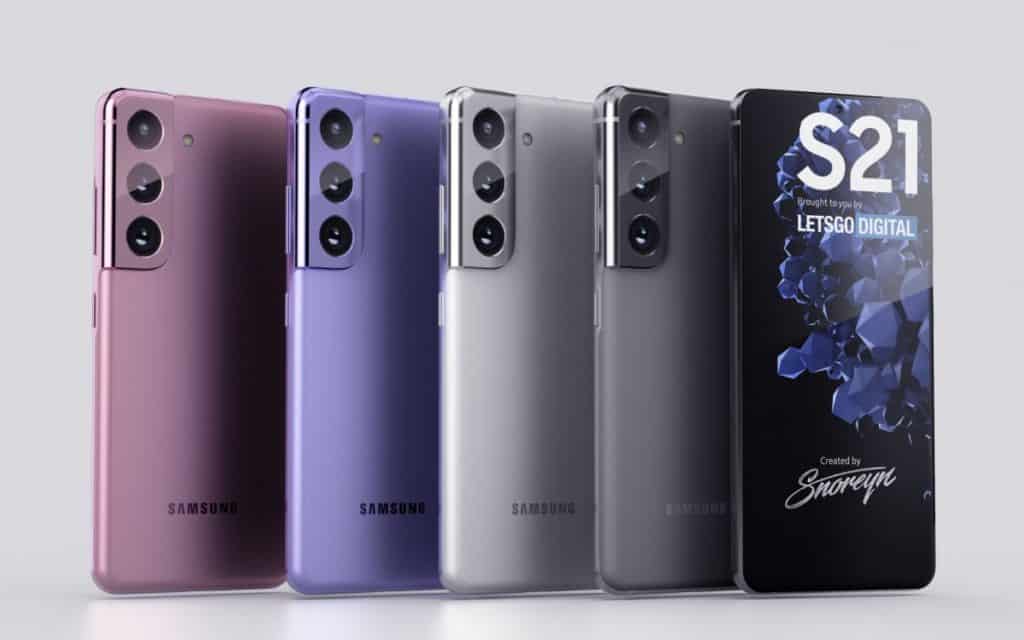
- #Do you need the hardware for mpc 2 software software#
- #Do you need the hardware for mpc 2 software Pc#
#Do you need the hardware for mpc 2 software software#
For example, when downloading a software product, it might tell you whether your machine meets the minimum recommended specs. Most software platforms, games, and other applications will recommend specific specs for their product, and many will give you a chance to test your machine to see if it’s up to snuff.

For example, many people can improve their computer’s performance by clearing out unnecessary data, reducing the number of programs they run simultaneously, and regularly scanning for malware (then removing it, if and when it’s found).
#Do you need the hardware for mpc 2 software Pc#
Ideally, you’ll have 6 GB or more of graphics card memory or more.Īdditionally, you’ll want to experiment to make your PC run faster. You’ll also need to look at the specific memory of your graphics card. You can think of RAM as the short-term memory of your machine it’s used to store information for the render, and is especially important for 360-degree and/or VR applications. For some 3D rendering jobs, 8 GB of RAM will get the job done, but to be fully optimized, 32 GB is recommended, with a MHz rate as high as possible (ideally not less than 2.2). Again, your needs will depend on your application. You’ll also need to allocate some RAM for your 3D renders, particularly if you’re rendering complex architectural structures. A NVIDIA GTX 1060 or higher (or the equivalent from another brand) will be sufficient for many applications. There are a few different ways to evaluate graphics cards, but one of the industry standards is currently the NVIDIA GTX series. If you don’t have a graphics card, you probably won’t get very far. GPUs are vital for 3D rendering, and should be one of your biggest priorities. The best way to think about it is CPUs are good at handling multiple tasks and many types of tasks, while GPUs are good at handling a few specific types of tasks very quickly. The difference is that GPUs specialize in processing graphics and complex calculations. A GPU is a graphics processing unit, and as the name suggests, it bears some resemblance to a CPU, responsible for processing certain computations. A 4.0 GHz base is ideal, but for some applications, you can get away with less. While you’ll want something reasonably powerful, this isn’t the most important component for 3D rendering, and you can afford an average CPU in your build, so long as your other components are optimal. CPUs are great at performing basic arithmetic and logic functions, and can dictate the speed of your computer in certain conditions and with certain programs. It’s the main component of many computers, and is used to execute instructions from a computer program. Your CPU is your central processing unit, sometimes called your processor. In any case, regardless of what your intentions are or what software you’re using, you’ll need to meet certain hardware minimums before you can render effectively.Įvery 3D rendering application is going to have slightly different demands, but there are some generalized components you’ll need to consider, including: You may just want a better gaming experience.

You may want to experiment with your VR headset, allowing your computer to render a 360-degree environment on the fly. You may want to create an architectural design and show it off to some prospective buyers. There are many technologies that require some level of 3D rendering.


 0 kommentar(er)
0 kommentar(er)
